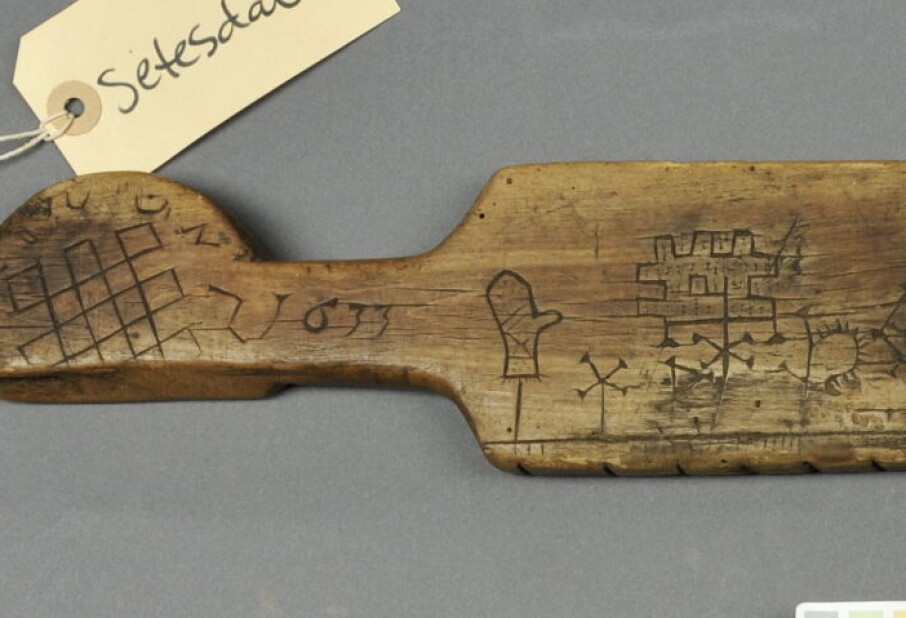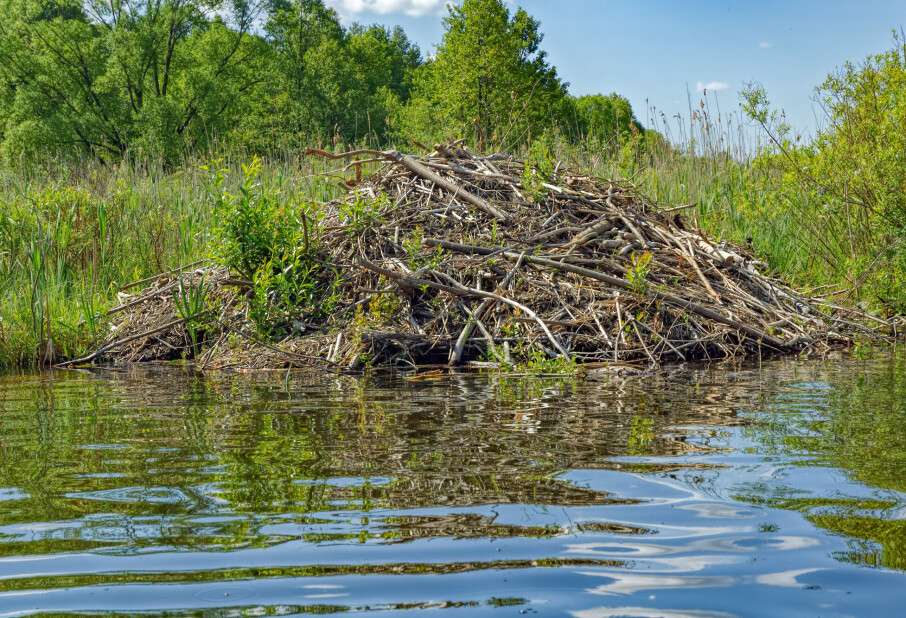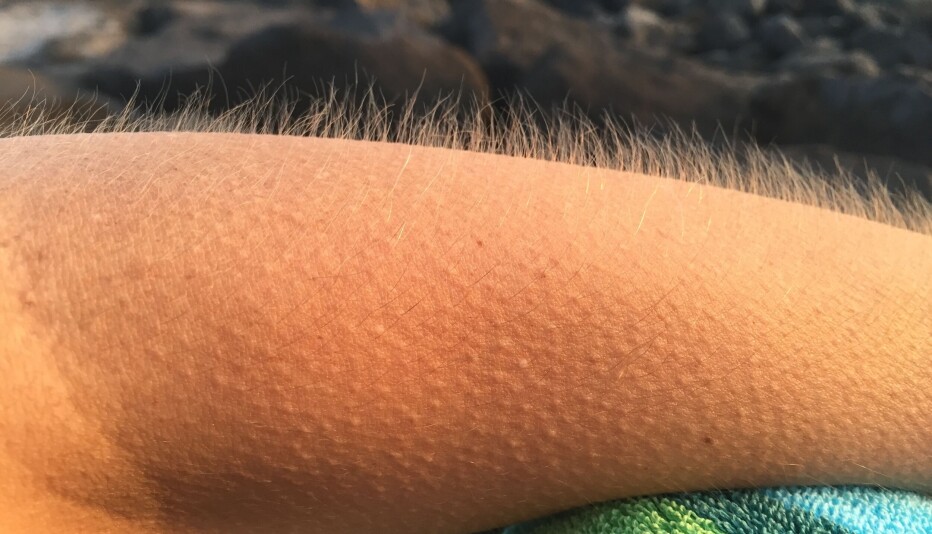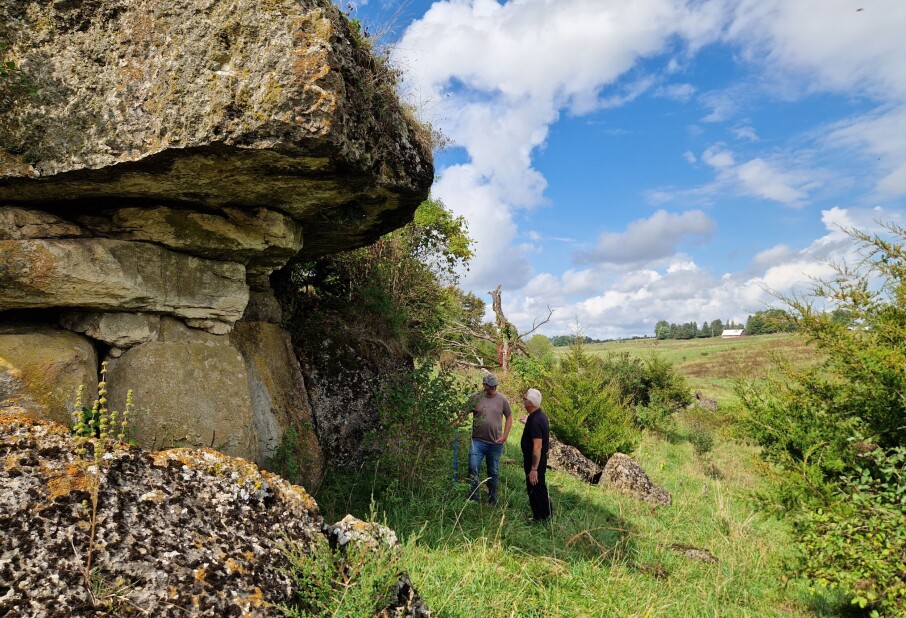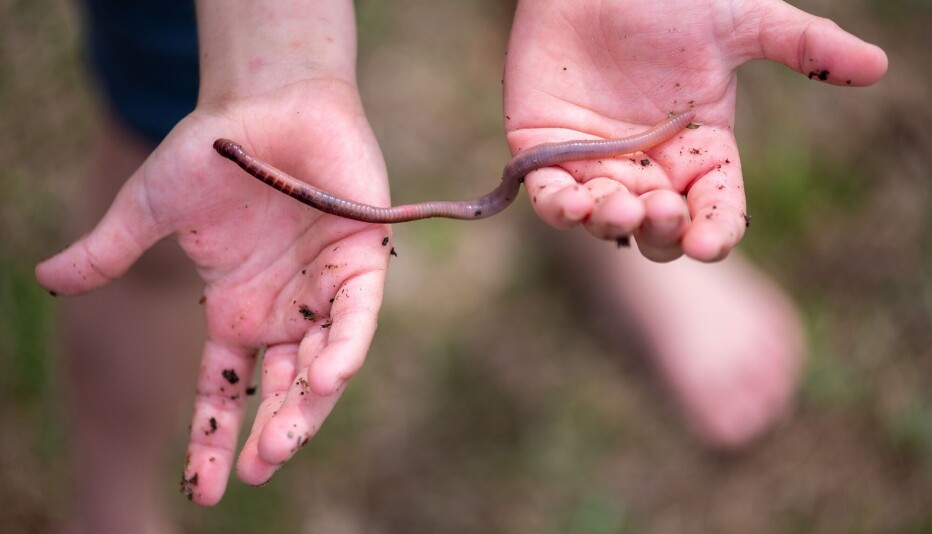SHARE YOUR SCIENCE:

How studies of Norwegian fjord ice can help create a safer future for the arctic
SHARE YOUR SCIENCE: During winter, a thick layer of ice can form on the surface of the northern Norwegian fjords. The knowledge of the varying conditions of this ice can be applied to understand to protect and aid the Arctic in the future.
During winter, a thick layer of ice can form on the surface of the northern Norwegian fjords. From fjord to fjord, year to year, this ice can change in its extent, thickness, and physical properties. These physical properties will determine how easily the ice will break when crossed or approached by a boat. How it interacts with the ocean below, what microscopic life may make the ice its home or how a pollutant in the water such as oil may make its way to the surface when placed underneath.
The latter, the study of how oil interacts with sea ice, is increasing in its importance. While the chance of a large-scale oil spill is small, activity in the arctic will only expand as sea ice in the open ocean declines, opening new lanes for shipping and the exploration of new resources. To understand the risks present and ensure the safety of both people and the environment we must understand how and why ice conditions may vary based on the location, year, and the month within that year. Such knowledge can be be applied to understand and relatedly be better prepared to protect and aid the arctic in the future.
Not all ice is created equal
What comes to mind when you hear the word ice? Is it the cubes in your glass? The thin layer on the road? The lake where you skate every winter? Perhaps it’s the glaciers of Alaska, Greenland, Antarctica? Or the ice covering the North Pole? Ice comes in a variety of shapes and sizes, while one word is used to often describe them all they are significantly different from one another.
The ice found in fjords falls into the category of sea ice, ice laying on top of the ocean presumably formed from the salty water below. Salt is an impurity, unwelcome in a well-defined pattern of H2O molecules that bind tightly together as temperature cools to below freezing. Thus, as sea ice forms, salt will be pushed out of the ice either into the ocean or bubbles within the ice itself. In comparison, fresh water ice has very few if any impurities in the water from which it forms. As a result, such ice is often devoid of similar bubbles.
Through the winter and spring seasons, bubbles in sea ice evolve, changing in shape and size. When air temperatures increase in the spring, the ice warms as well, leading bubbles to grow and connect. During this time, sea ice begins to act like a sponge, allowing sea water, fresh water, or any other liquid to move up and down through straight channels running from the top to bottom or twisty paths that form between bubbles.
As the spring and summer progress, the majority of sea ice will melt away. This ice is called first year ice as it lasts only one ice season. In the coldest regions of the earth, sea ice can remain through spring and summer. Termed multi-year sea ice, it is usually thick and with fewer pores given multiple winters spent rejecting any salt it may still hold. In recent years however, multi-year ice has declined making it harder and harder to find.
Fjord ice, while defined as first year sea, can differ from sea ice found in the larger arctic ocean. Given its close location to the coastline, its formation can be impacted by the flow of freshwater coming from the land. As a result, fjord ice can display characteristics familiar to both sea ice and fresh water ice with its physical properties being dependent on local conditions specific to that year.
This unpredictability creates a risk to both humans and environment as traffic and interest in the northern regions increases. Research into how and why fjord ice differs from fjord to fjord and year to year and the potential ramifications remains sparse however.
Fjord Ice – Up close
To better understand the ice found in Norwegian fjords, we go into the field, to seven fjords located in northern Norway. During each trip, several measurements of water temperature and salt content are made, and samples of water, snow, and ice collected. Each fjord brings with it its own surprises which often reveal themselves only upon removing the first ice sample. It is my favorite part, pulling up a core of ice. Holding it up to the sunlight and seeing layers within. Where ice is lighter, more light is transmitted due to fewer bubbles being present while darker ice means the opposite, less transmitted light due to more bubbles scattering the light. Even these seemingly simple observations can reveal details of how the ice may have formed.
In the weeks following, ice cores transported back to our lab and kept frozen will be cut into thinner slices allowing for a closer look at the layers initially observed and other characteristics of the ice. Additionally, measurements including salt content and temperature will be consider to further assist in describing the physical characteristics of the ice we observed.
The ice I have sampled thus far often differs from the sea ice you would expect if it was formed purely from salty, ocean water. In fjords, river water, snow melt, and rain run-off can lead to a lower amount of salt in the water. With strong wind or high waves this fresh water is likely to mix quickly with the sea water. In calmer conditions however, fresh water may form a thin surface layer that freezes quickly as temperature cools. It is this influence from freshwater running off the surrounding land, unique in its amount to each fjord, that contributes to sea ice sitting in a Norwegian fjord to differ from sea ice sitting at the North Pole in its salt content, the number, shape and size of bubbles, and resultantly, properties of the ice.
Creating a Safer Future for the Arctic
For three years leading up to this work I focused largely on the topic of how crude oil, the unrefined petroleum product obtained typically by drilling, interacts with first year sea ice. In the experiments I conducted, ice was salty with the well-connected network of bubbles I mentioned above, allowing for oil to travel upward to the surface as it warms. The ice I am observing in fjords is not like such ice. It is complex with layers resembling sea ice and other layers with nearly no bubbles. The results we obtained in these experiments would therefore not apply to this fjord and likely many others. Oil would potentially stay trapped under this ice, the fjord ice, far longer than the sea ice I studied. What repercussions would that have for the environment? And the people living in the nearby area?
The fjords of Norway offer a natural laboratory to study ice influenced by fresh water. The cause of differing ice conditions between fjords and years is what I aim to understand. While Norwegian fjords are the focus, there are likely other coastal region in the Arctic where similar unpredictability caused by variations in fresh water input exists. In the coming years, as research into the arctic expands, these coastal regions must remain a focus, their condition now and how they may change in the future. They are just one piece of a much larger arctic mosaic composed of land, air, ocean, humans, and animals - beautiful, complex and ever-changing. It is a region of the earth most will never see in person yet though study, its connection to the wider world will continue to strengthen.
Megan O’Sadnick is currently a PhD Fellow based at Norut Narvik and funded through the Center for Integrated Remote Sensing and Forecasting for Arctic Operations (CIRFA, RCN project number 237906) at UiT- The Arctic University of Norway.







